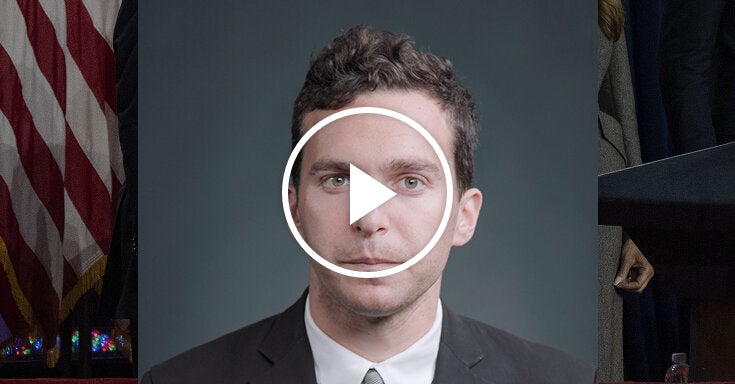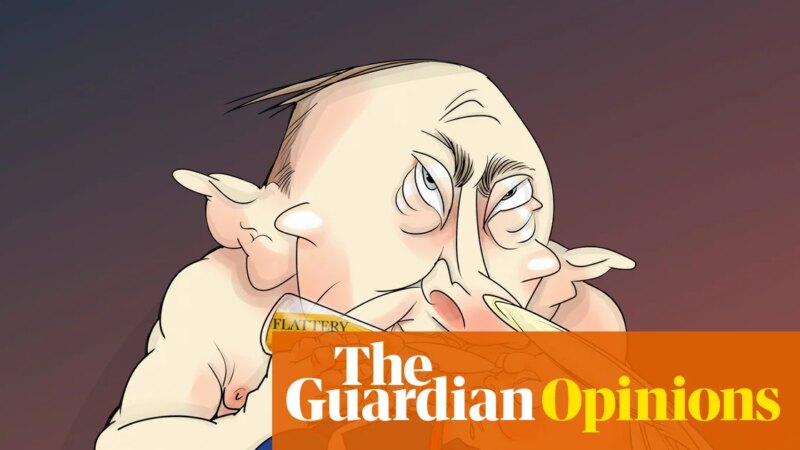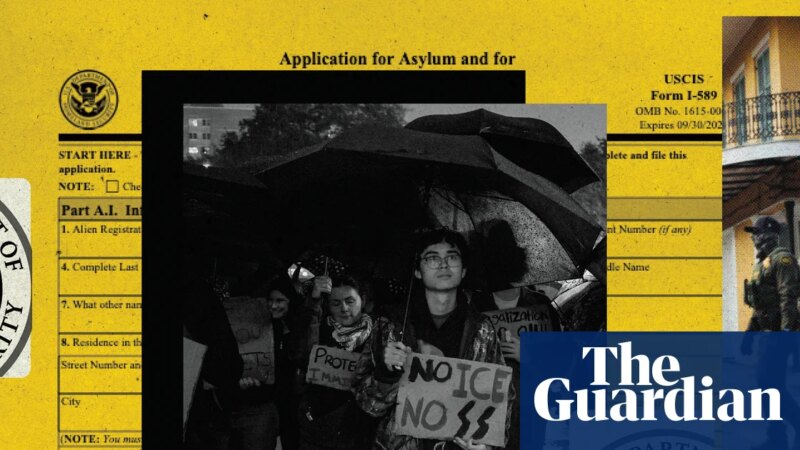Trump news at a glance: Senate passes funding package to end shutdown after Democrats break ranks | Trump administration
After weeks of false starts and failed votes, a procedural vote passed in the US Senate with a 60-40 tally, as seven Democrats and one independent joining all Republicans to advance a compromise deal that would fund most federal agencies through January.
The bill now passes to the House, which is expected to vote on the measure on Wednesday.
The Democratic caucus has aimed anger at the defectors, and with top Senate Democrat Chuck Schumer, who now faces calls to resign as minority leader.
“Senator Schumer is no longer effective and should be replaced,” said congressman Ro Khanna, who represents the Silicon Valley region of California. “If you can’t lead the fight to stop healthcare premiums from skyrocketing for Americans, what will you fight for?”
When asked Monday if he supported the Senate agreement to end the government shutdown, Trump said he would “abide by the deal”, calling it “very good.”
Senate advances funding package expected to end longest US government shutdown
The Senate on Monday advanced a funding package that is expected to bring to a close the longest government shutdown in US history, after a coalition of Democrats broke from their party and voted with Republicans, in a move that has enraged many in their caucus.
Trump threatens BBC with $1bn legal action over edit of speech in documentary
The president threatened legal action against the BBC and welcomed the resignations of two of its most senior figures after a campaign against the broadcaster that reached fever pitch over criticism that its flagship documentary programme in 2024 used a misleading edit of a Trump speech.
Lawyers for the US president said that the BBC must retract the Panorama documentary by Friday or face a lawsuit for “no less” than $1bn (£760m), according to US media outlets who cited the letter. The BBC has confirmed it had received a letter and said it will respond in due course.
US supreme court rejects call to overturn decision legalizing same-sex marriage
The justices, without comment, turned away an appeal from Kim Davis, the former Kentucky court clerk who refused to issue marriage licenses to same-sex couples after the high court’s 2015 ruling in Obergefell v Hodges.
Davis’ lawyers repeatedly invoked the words of Justice Clarence Thomas, who alone among the nine justices has called for erasing the same-sex marriage ruling.
Hegseth says six people killed in two new attacks on alleged drug boats
The Trump administration’s defense secretary said: “These vessels were known by our intelligence to be associated with illicit narcotics smuggling, were carrying narcotics, and were transiting along a known narco-trafficking transit route in the Eastern Pacific.”
However, Washington has yet to make public any concrete evidence that its targets were smuggling narcotics or posed a threat to the US.
US supreme court to decide if states can accept late-arriving mail ballots
The case, Watson v Republican National Committee, involves a challenge to a Mississippi law that allows ballots to count if they are received within five business days of election day.
Election officials in Mississippi, citing longstanding precedent, argue that a voter has cast their ballot on or before election day the moment a ballot is postmarked in the mail, and that how it gets to an election office after that is an administrative issue.
What else happened today:
-
Donald Trump chastised overwhelmed air traffic controllers, cast blame and doubt in response to poor economic indicators and claimed that increased access to food stamps had put “the country in jeopardy”, in an exclusive interview on Fox News Monday evening.
-
The BBC’s editing of Trump’s January 6 speech caused controversy – but what did he really say?
-
Ghislaine Maxwell, Jeffrey Epstein’s longtime associate and co-conspirator who is serving a 20-year prison sentence for sex-trafficking crimes, is reportedly preparing a “commutation application” for the Trump administration to review, according to new allegations from a whistleblower shared with House Democrats.
-
The United States has sent $7.5m to the government of Equatorial Guinea, one of the world’s most repressive and corrupt regimes, to accept noncitizen deportees from the US to the West African nation, according to a leading congressional Democrat, current and former state department officials and public government data.
-
Thailand has suspended the implementation of a peace agreement with neighbouring Cambodia after a landmine blast injured two Thai soldiers near the border, escalating tensions between the neighbours who clashed in July. Trump helped broker a peace deal between the two southeast Asian nations, after a five-day border conflict.
-
The US has announced a partial suspension of sanctions on Syria after a historic meeting in Washington DC between its new leader, Ahmed al-Sharaa, and Donald Trump.
Catching up? Here’s what happened 9 November.





